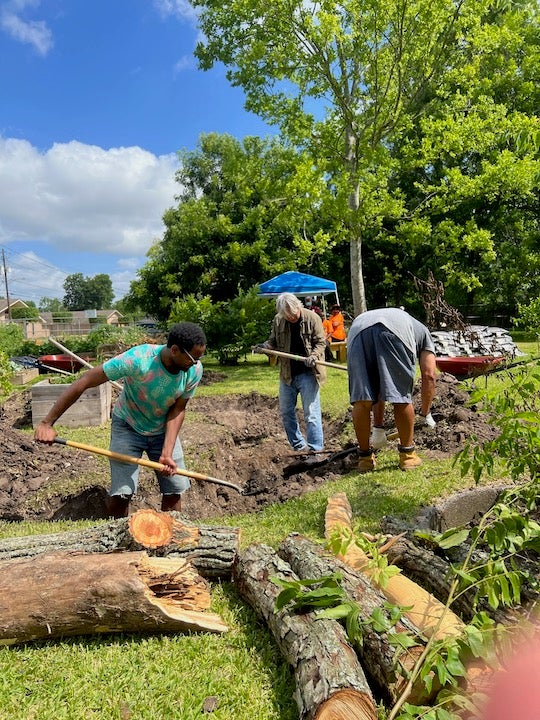The intensification of global warming is expected to increase the frequency and severity of flooding events around the world, which the National Climate Assessment predicts will result in increasing financial losses for individuals, businesses and communities along the Atlantic and Gulf Coasts. A new National Science Foundation-funded study by Rice University will examine whether design strategies aimed at improving civic engagement in stormwater infrastructure could help reduce catastrophic flooding.

The three-year study will take place in Houston, which has been ground zero for some of the country's worst flooding events in recent history. Dominic Boyer , a professor of anthropology and the study's principal investigator, said the project will focus on neighborhoods that have experienced severe flooding in recent years, beginning in Northeast Houston with the Trinity/Houston Gardens area. The project, which will include field research, participatory design work and hydrological impact analysis, will focus on engaging community stakeholders with different backgrounds to help develop local solutions that better address flooding.
"Unfortunately as we learned in Hurricane Harvey, our current stormwater infrastructure system has been overwhelmed by a changing climate with more intense rainfall patterns," Boyer said. "So in this study, we're really trying to take an integrated, holistic approach by bringing together social researchers, urban designers, civil engineers and community members to help identify solutions that are actionable, sustainable and affordable."
The research project will include a number of student researchers as well as academic programming for K-12 students.
"Our particular focus will be on green stormwater infrastructure-techniques likebioswale, green roofs and rain gardens-that are more affordable than conventional concrete infrastructure and ones where community members can be more directly involved in the design and implementation phases," Boyer said. "We envision helping students and other community members design and complete projects like community rain gardens that offer a variety of beneficial amenities and can also mitigate flooding."
"From this base of community involvement, we will design a program that strengthens the social fabric of these neighborhoods while transforming their adjacent bayous from a flood threat to an amenity," said Albert Pope , the Gus Sessions Wortham Professor of Architecture and the co-principal investigator for the project. "Houston is unique among larger cities in that it already has in a lace a citywide green infrastructure project-the 150-mile Bayou Greenways network . Every neighborhood that touches the Greenways will ultimately be enriched, while allowing us to return the greenway floodplain to its original function-keeping upstream water out of downstream living rooms."
The research team includes Phil Bedient , the Herman Brown Professor of Engineering and director of the Severe Storm Prediction, Education and Evacuation from Disasters Center; and Jessica Eisma , a civil engineer at the University of Texas at Arlington.






